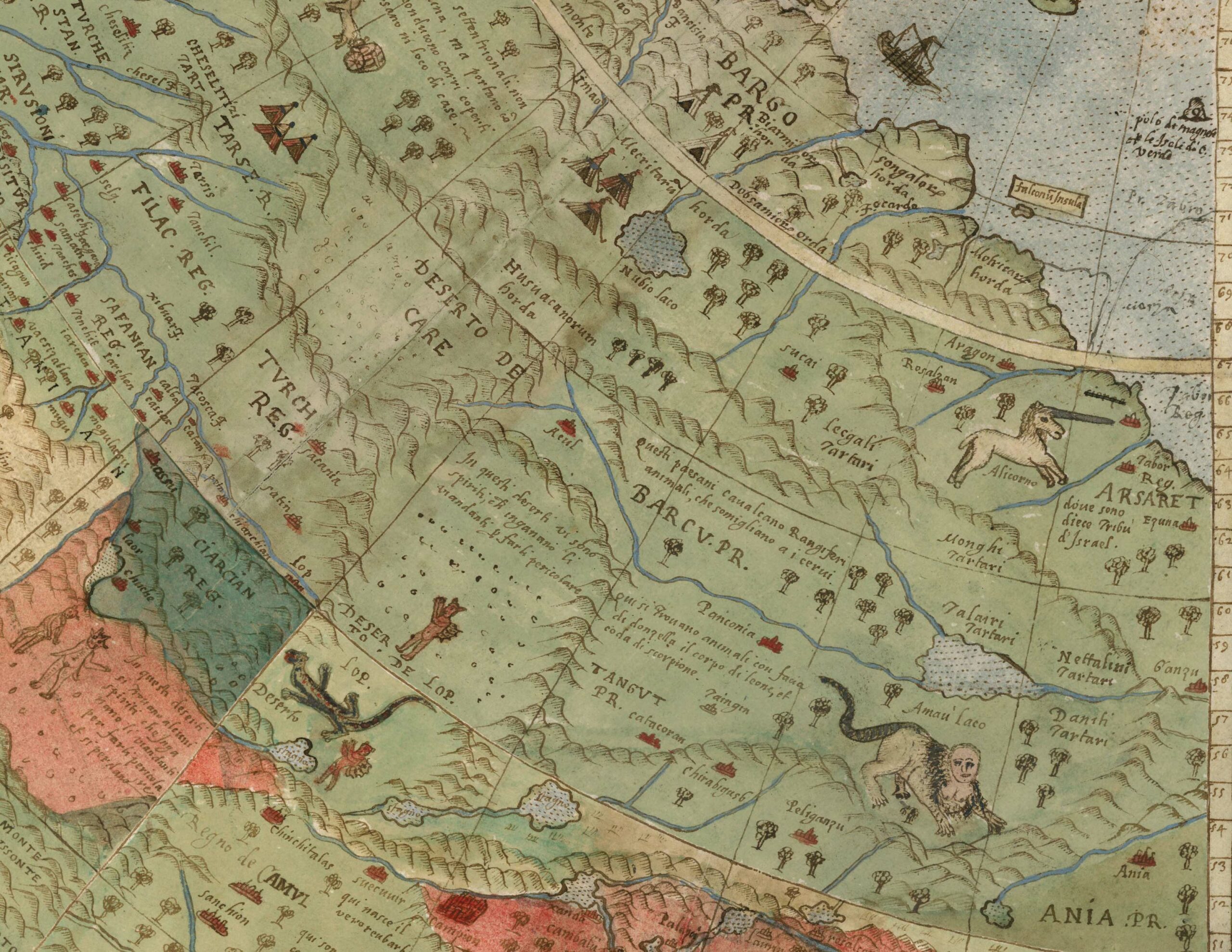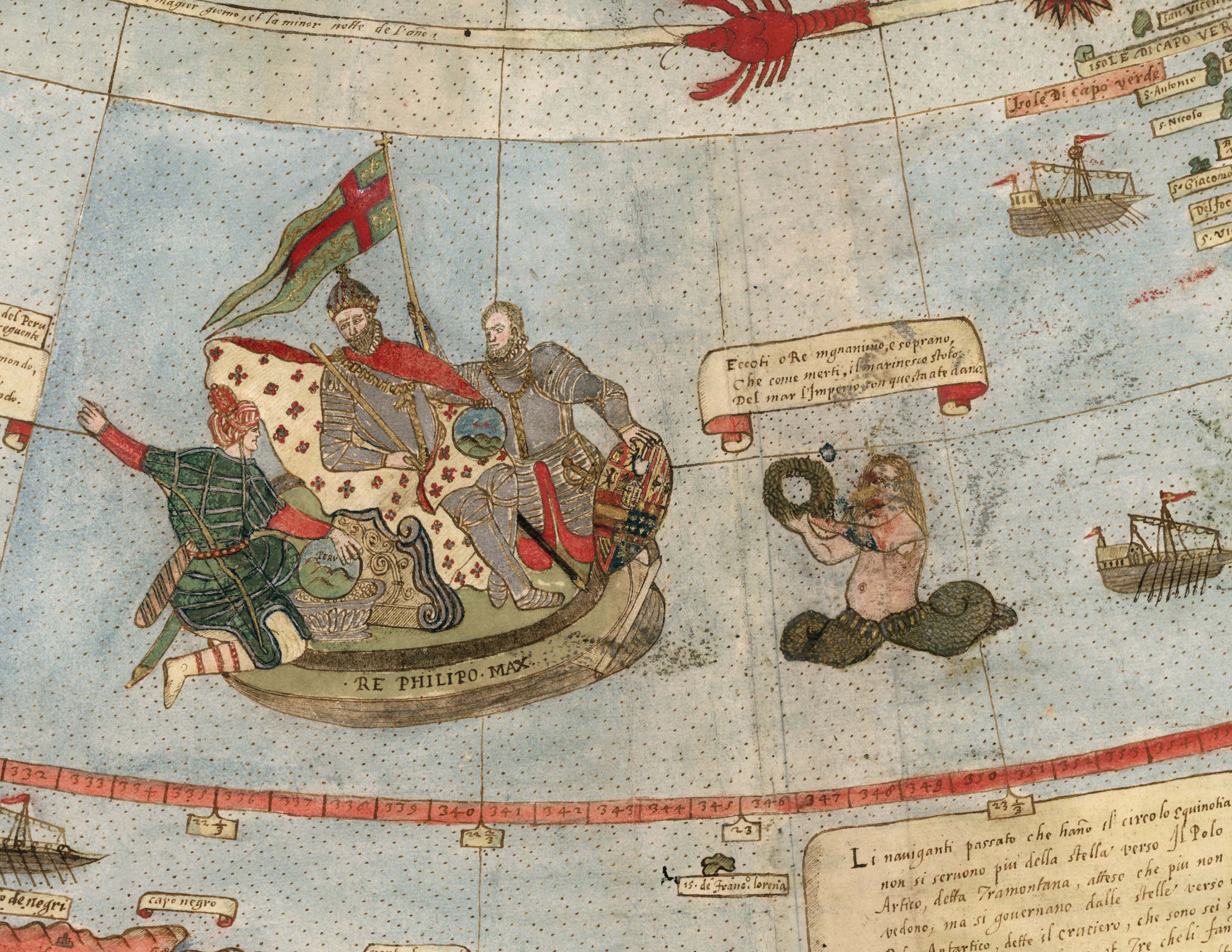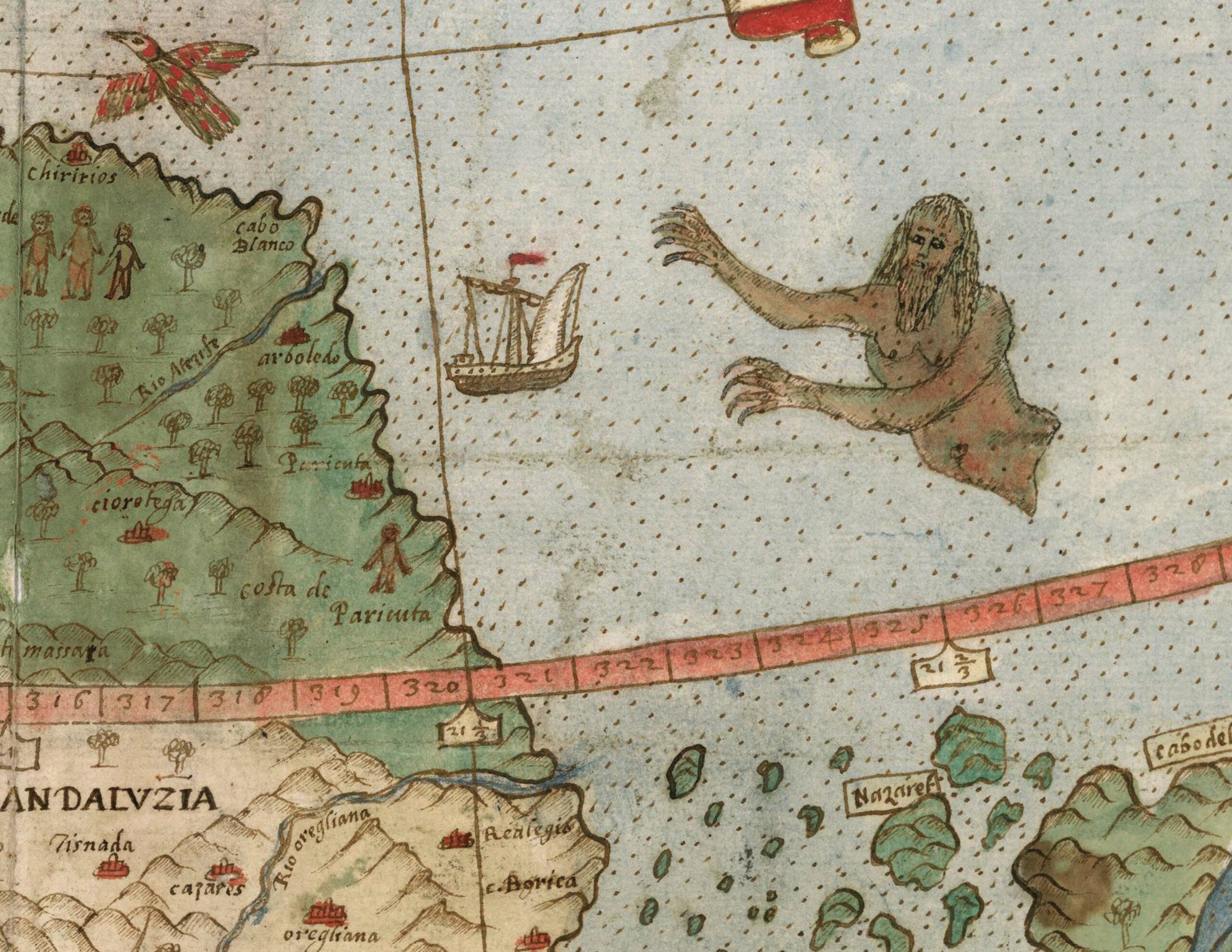The Lost Wars of Yahuah: Missing Books, Forbidden His-Story
MISSING BOOKS have long bothered me. Name a person. Name practically anybody worth mentioning and there’s likely a lost work attributed to them. Homer. Shakespeare. Aristotle. Pythagoras. Plato. Julius Caesar. Caesar Augustus. Euclid. Pliny the Elder. Tertullian. Origin. Confucius. And far too many numerous Roman historians. I’m naming the sort of names whom you likely already know about, but sometimes we only know somebody existed at all because somebody else quoted from their missing book.
The Egyptian Book of Thoth, a legendary manuscript alluded to in Egyptian literature and believed to contain the secrets to comprehend the power of the gods and speech of animals is completely missing. Berossus’ epic biography of Babylon, Babyloniaca, is scrubbed from history. Plato spoke fondly of Homer’s missing comedy. Aristarchus wrote a book on heliocentricism and that’s nowhere to be found. Eratosthenes history altering publication, On the Measurement of Earth, is strangely gone. Ironically, there are no missing books from Saint Augustine. If you happened to read my paper on Augustine, you’ll immediately know why. Muhammad. Books had a habit of going missing under Augustine’s watch.
Speaking of which, there’s missing books from the Bible too.
Has anyone read through the gospel of Matthew and stopped to ponder where the following prophecy might be found?
“And he came and dwelt in a city called Nazareth: that it might be fulfilled which was spoken by the prophets, He shall be called a Nazarene.”
The answer is, it can’t be found.
The writer of Matthew is quoting not just from one prophet. He’s quoting from prophets. Plural. The gospel of Matthew was Natsarim literature. These are the followers of Messiah who obeyed Torah and were therefore hunted down by the Roman Catholic Church. Mm-hmm, now we’re finally getting somewhere. You figure there’s probably dozens of epistles, written by the Jerusalem group and the twelve, which were buried for the purposes of our own health. It seems the far more likely scenario that there would be. Just look at Sha’ul’s catalogue. The church fathers sure did preserve those little gems. You think a guy like Ya’aqob pens one masterful epistle and then calls it a day? I think not. He and Kepha were probably prolific.
Let me ask you something. How does a book with the title, The Book of the Wars of Yahuah, go missing? Please read that title several times over and try not to drool. If you’re answer is, books like that don’t go missing, then you are correct. They don’t. They simply give too much away.
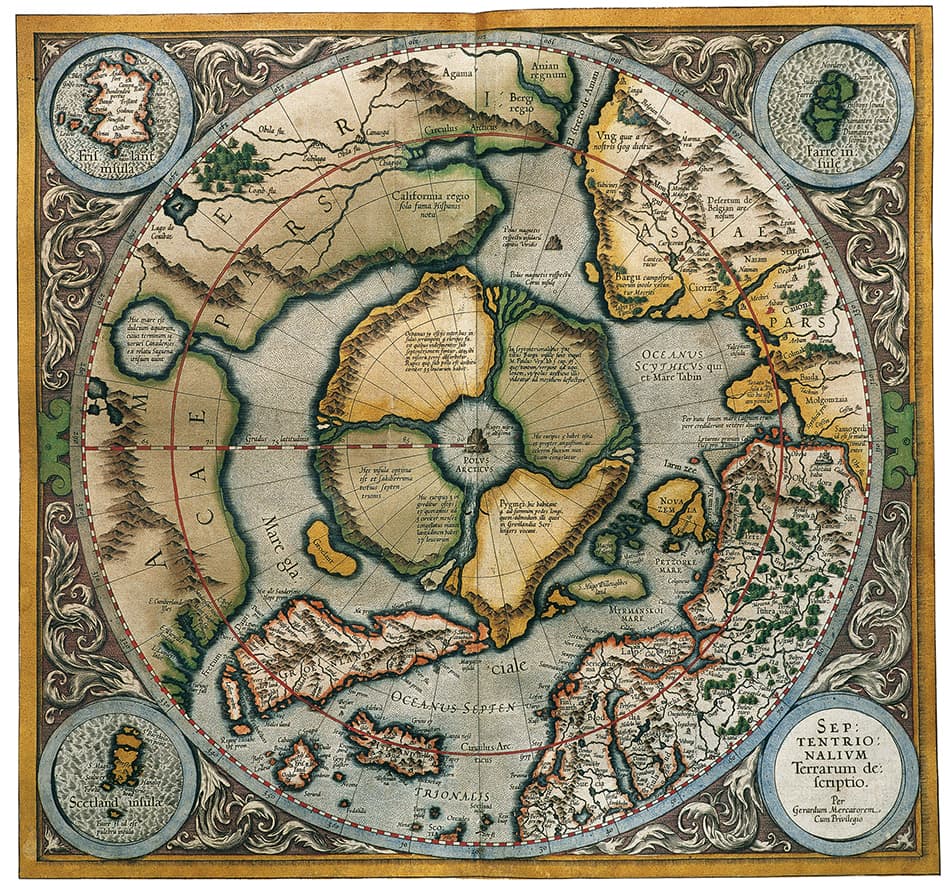
Sometime in the middle of the 14th century, a monk with no name set off from Oxford, England for the Arctic Circle. A monk—mind you. Who financed such an exposition, we are not told. He certainly wasn’t the first to explore the area, which also tells us his financiers had an idea of what he should be looking for. During his travels, he wrote Inventio Fortunata, or, “The Discovery of the Fortunate Islands,” which he afterwards presented to King Edward III. The monk with no name was far too trusting of his slave masters.
Every known copy would soon disappear.
But not all is a complete loss. Inventio Fortunata was orally rehearsed to a certain Jacobus Cnoyen by another monk who had read an original copy for himself. Cnoyen then wrote a summary of No-Name’s account in his own 1364 book Itinerarium. For several hundred years, the truth of the North Pole has finally been known. EDIT: Scratch that. Jacobus Cnoyen’s book went mysteriously missing as well. Bummer.
There really doesn’t seem to be a happy ending to this story. But have hope! Before Cnoyen’s Itinerarium became toilet paper, a rather renowned 16th-century cartographer, Gerardus Mercator, managed to get his hands on a highly coveted copy, which he used as the basis for his atlas published in 1569. See the illustration above. The monk with no name finally got his book summarized, perhaps conservatively, when Mercator described the North Pole as follows:
In the midst of the four countries is a Whirlpool, into which there empty these four Indrawing Seas which divide the North. And the water rushes round and descends into the Earth just as if one were pouring it through a filter funnel. It is four degrees wide on every side of the Pole, that is to say eight degrees altogether. Except that right under the Pole there lies a bare Rock in the midst of the Sea. Its circumference is almost 33 French miles, and it is all of magnetic Stone.
Sounds like a page turner. Then again, if my understanding of official geography is accurate, then the monk with no name stuck his nose where it doesn’t belong and probably ended up in a re-education camp. Or maybe he put a magic bullet in his mouth and then murdered his closest confidants, if you get my drift. He certainly would be the last to do so.
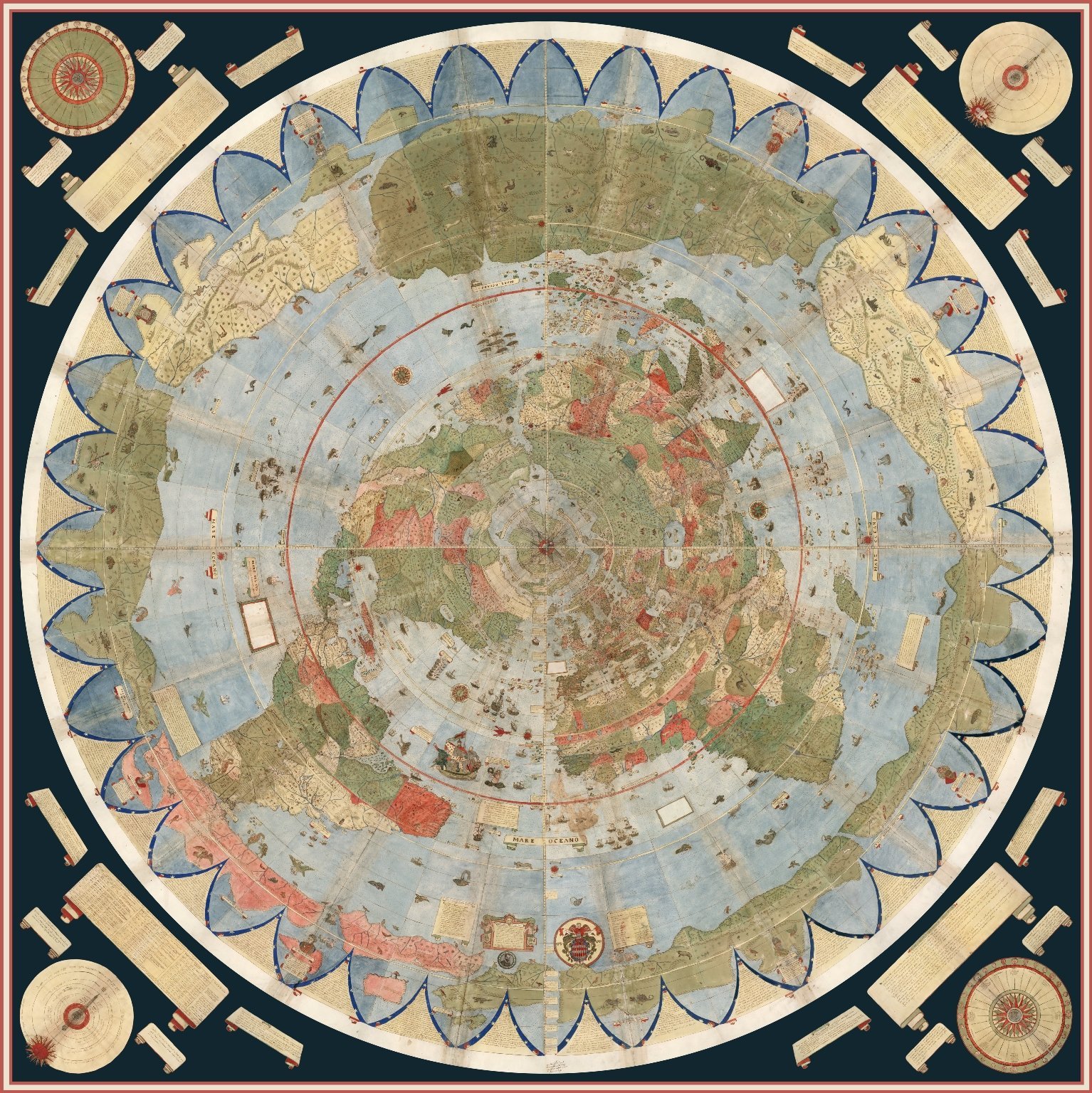
Speaking of maps, they simply don’t make them like they used to. This little beauty is the creation of a certain Urbano Monte. We are told it was hand drawn in Milan, Italy, and completed in 1587. Consisting of 60 sheets and making up a total swath of 10 feet, Monte’s map is the largest known early map of the world. Emphasis, as always, is my own.
The details are indeed stunning. Look closer. Dragons, devils, a unicorn and a chimera litter northern Siberia. I spotted what may be a fiery serpent in the Arabian desert. There are giants in Chile… Some sort of Viking rowboat rounding Argentina… A sea-dwelling creature which resembles the Sulanuth from the Book of Jasher (Jasher 80:19-20) appears to be stalking a merchant ship off the coast of Venezuela. A merman dignitary, representing his people, is offering some sort of gift, a seaweed wreath perhaps, to sailors off the coast of Brazil. Meanwhile, sea serpents and other creatures of the deep are everywhere.
You may immediately notice a very large land mass which is now completely missing off the western coast of North America. We’ve seen maps like this before. You will tell me they couldn’t possibly have known about the layout of North America in 1587 because Lewis and Clarke wouldn’t even set off on their journey for another two centuries and some change. And yet there it is, already sectioned off by color, perhaps kingdoms or territories.
Notice Antarctica. Mm-hmm. Monte not only divided it up into several continents, but envisioned it as tropical—teeming with life. Mermen and sea-horses populate its coastal region. There are dragons and centaurs across its topography, and even a bird carrying an elephant. Yes, you read that right. You will tell me that Antarctica wouldn’t be discovered until 1820, thereby proving Monte’s Antarctica to be a imaginative embellishment. Do me a favor and repeat that last sentence over and over again. Take all the time you need. He even goes so far to show a Spanish fleet crawling near its coast. The man and the myth Columbus was a psyop.
What makes Urbano Monte’s map particularly interesting is that it was only recently rediscovered and added, as recently as 2017, to the David Rumsey Map Collection at Stanford University. Again, emphasis is my own. This tells me one of two things. Either Monte’s map really was displaced before it could be destroyed. That is, accidentally unearthed by individuals who believe Monte to be a rather imaginative mapmaker and therefore innocent of any rational cognition. Or they’re just now rolling this out to reveal the Truth of our own past in order that we might ultimately reject reality and let the evil of their own lies seep ever further down into our subconscious and do its work. This is precisely how they lie to us. They do it all the time. We’ve already seen this happen with the World Fairs at the turn of the last century.
Official history is a fabrication.
If you’re not certain how the deception is pulled off, I suggest you read the following papers. Chicago World Fair. Buffalo World Fair. Anne Frank. John Lennon. Paul McCartney.
Something tells me this map is much older than we’re told. For example, Jasher once again records the existence of Antarctica in its third chapter. Enoch left the earth for heaven there, accordingly. Hundreds of thousands of men witnessed the event. Something called snow fell after.
Do you see snow on the map?
I don’t.
“What are you saying, Noel, that Urbano Monte’s map is pre-deluvian, and the dinosaurs were really dragons and the Nephilim were really centaurs and mermen and the devils were really the Watchers instructing humanity?”
I don’t know. You tell me. If it walks like a Nephilim…

And since we’re on the subject of books, there’s absolutely nothing to see here. I’m sure this was just your average run of the mill library until it veered down the dark path by naughty scribes, hoping to make book reading more laborious and back breaking for everyone. The above picture is attributed to a certain M. Peterka, circa1940, and was apparently documented in the Archives of Prague Castle. I stress apparently, because the local librarian rejects any such notion of giant books having ever existed. The internet tells me Prague Castle has catalogued most of their books for your online enjoyment, and yet none of them involve giant-sized books or giant authors. How tall do you figure those books are—three feet? The standard book size for a five to six foot tall person today is only nine inches. Books of this size would be appropriate for King Og of Bashan.
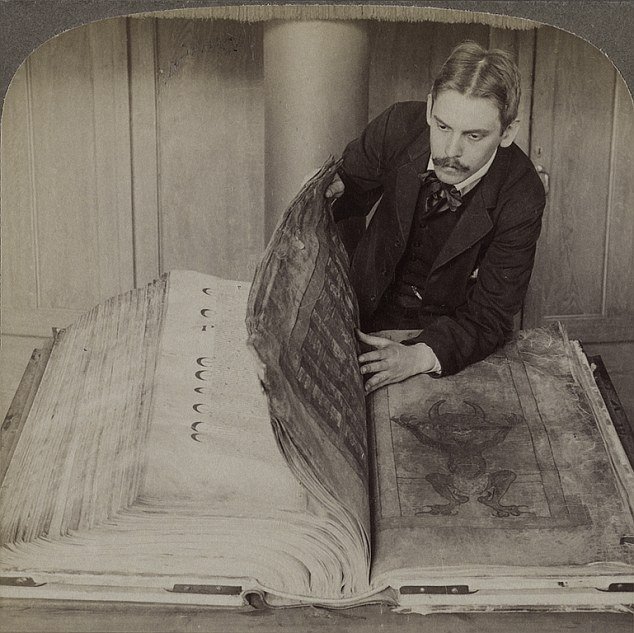
What is written in those books? We are not told. Is it a human cook book? Is it a human spell book? Is it a giant family photo album? Again, we are not told. Our Slave Masters simply show us a picture of a devil, just to toy with us, before backing a Smithsonian truck up to the discovery, beep, beep, beep, and hauling them off.
So many missing books.
Bible books. Books written about Biblical places. Books written by giants, also Biblical.
The Wars of Yahuah are an inconvenient history, indeed.
Noel
